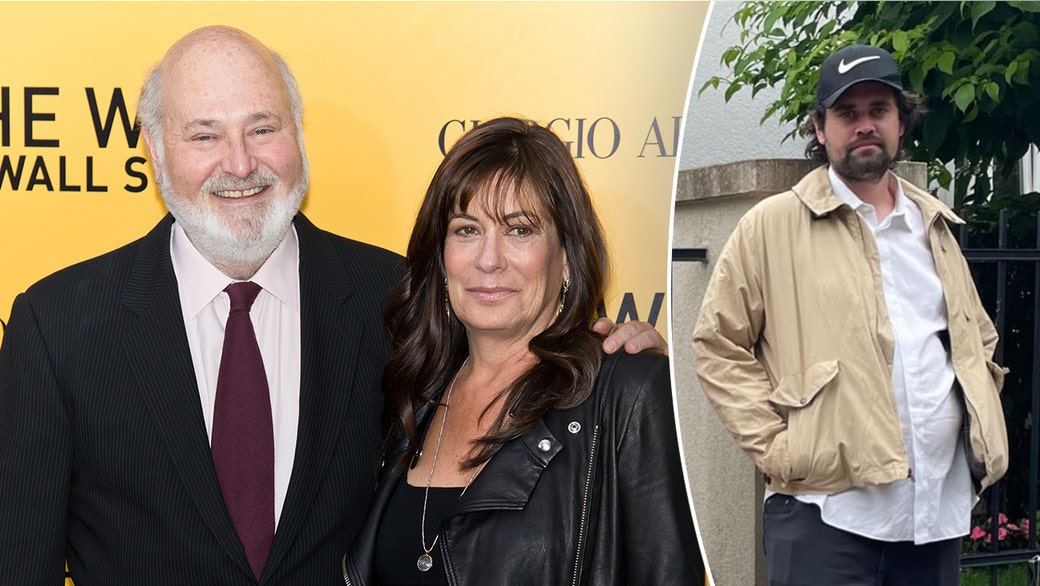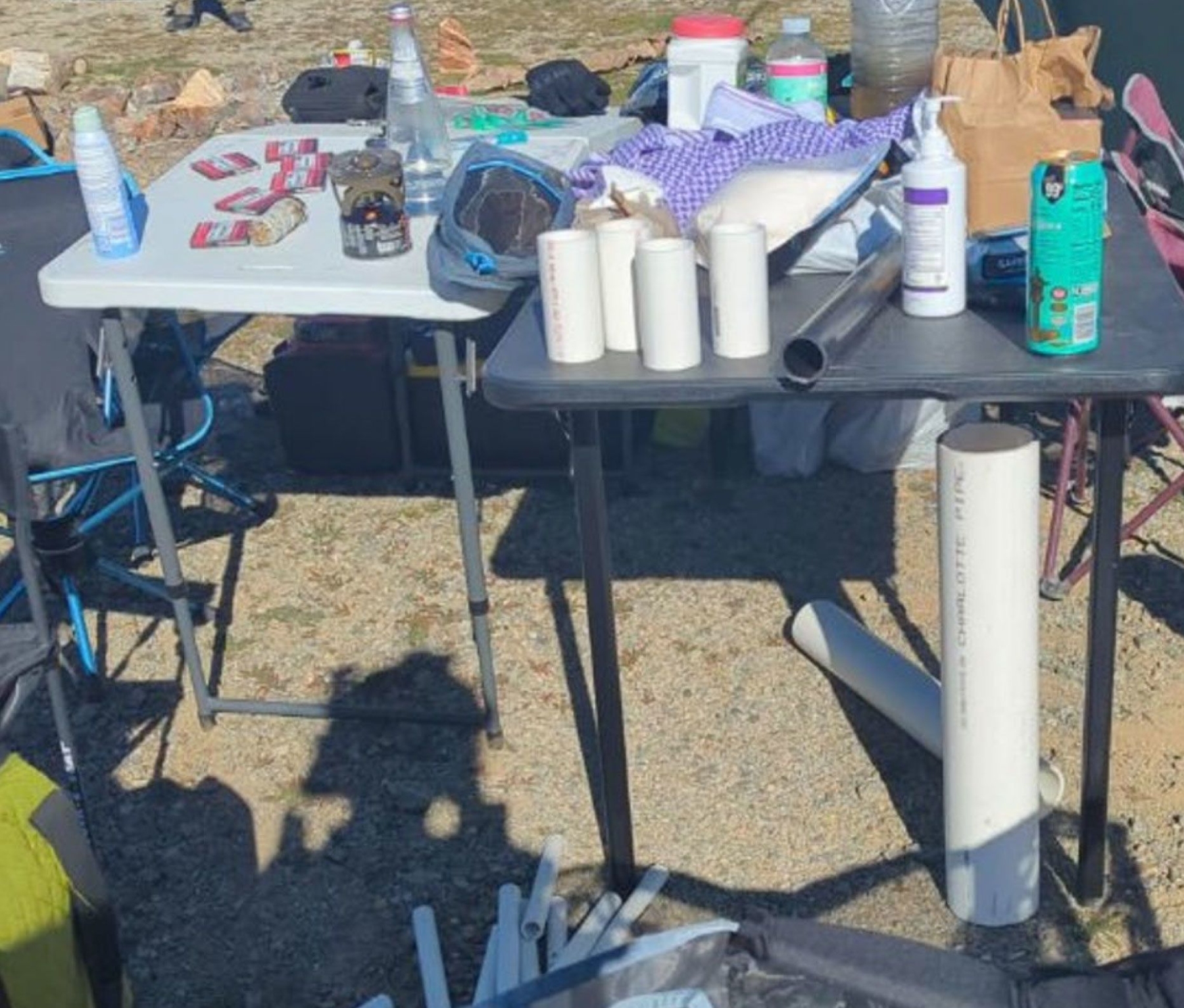
This article is more than
7 year oldSearch for body of man killed by remote tribe ‘becoming futile’
Indian officials have travelled repeatedly in recent days near the remote island where an American missionary was killed by people who have long resisted the outside world.
But they have not set foot onto North Sentinel Island since the killing, and it remains unclear if they will.
“They are a treasure,” Dependera Pathak, director-general of police on the Andaman and Nicobar island groups, said of the Sentinelese people. “We cannot go and force our way in. We don’t want to harm them.”
The Sentinelese, who scholars believe are descendants of Africans who migrated to the area about 50,000 years ago, survive on the small, forested island by hunting, fishing and gathering wild plants. Almost nothing is known of their lives, except that they attack outsiders with spears or bows and arrows.

American John Allen Chau was killed by islanders in mid-November after paying fishermen to smuggle him to the island, where outsiders are effectively forbidden by Indian law. The fishermen told authorities that they saw the Sentinelese bury Chau’s body on the beach. The notes Chau left behind say he wanted to bring Christianity to the islanders.
A boat carrying police and other officials approached North Sentinel on Friday and Saturday, watching the Sentinelese through binoculars. On Saturday the tribesmen were armed with spears and bows and arrows, but they did not attempt to shoot them at the authorities, Pathak said.
RELATED: Traumatic history of isolated tribe who killed American missionary
RELATED: Missionary’s death was his ‘own fault’ says family
RELATED: Slain man’s crazy plan to convert reclusive tribe

“We watched them from a distance and they watched us from a distance,” he said.
Using binoculars, officers — in a police boat about 400 metres from the shore — saw the men armed with bows and arrows, the weapons reportedly used by the isolated tribe to kill Chau as he shouted Christian phrases at them.
“They stared at us and we were looking at them,” said Mr Pathak. The boat withdrew to avoid any chance of a confrontation.
Police are taking painstaking efforts to avoid any disruption to the Sentinelese — a pre-neolithic tribe whose island is off-limits to outsiders — as they seek Chau’s body.

Officials have not given up on recovering the body, he said. But they are moving very gingerly, studying the 2006 killing of fishermen whose boat had drifted onto the island.
“We are looking carefully at what happened then, and what (the Sentinelese) did,” he said. “We are consulting anthropologists to see what kind of friendly gesture we can make.”
The islanders buried the two fishermen on the beach in 2006, but dug up the corpses after a few days and propped them upright. Authorities apparently never recovered those bodies, and the killings were never investigated.
There has been no significant contact with the Sentinelese for generations. Anthropologists used to occasionally drop off gifts of coconuts and bananas, but even those visits were stopped years ago.

Anthropologist PC Joshi said he understands why authorities want to recover the body.
“If there is a death, then the cause of death should be known. It’s important,” said Mr Joshi, a professor at Delhi University.
“Of course, we can’t prosecute” the islanders if they killed Chau, he said. Plus, he noted, it may already be too late to learn much from the body, since the heat and humidity on North Sentinel will cause rapid decomposition. “Ultimately, it’s becoming futile,” he said.

DISEASE FEARS
There are fears 21st century diseases such as the mild common cold could kill off the tribe.
Vice reported it is illegal to make contact with the Sentinelese people, who “are not immune to anything.
Something as simple as a common flu could threaten to wipe out their ancient tribe of 50 to 150 people altogether, Vice reported.
For that same reason, retrieving Mr Chau remains is proving difficult for authorities.
“They [the Sentinelese] are not immune to anything,” said PC Joshi, an anthropology professor at Delhi University. “A simple thing like flu can kill them.”




